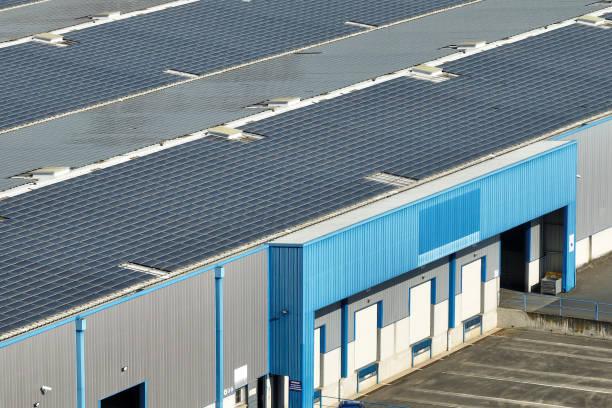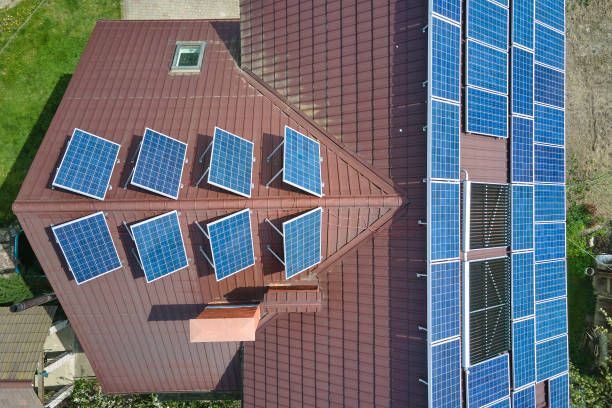Roof redesigns and changes to construction materials have led to significant carbon savings at a new university facility in Oxford. The University of Oxford’s New College was a trend setter in the 14th century and current building work there follows that early trend. The vision of college founder William of Wykeham led to the world’s first quadrangle in 1386 and the model has influenced the design of educational institutions ever since. The college is now building a £75M campus with a modern interpretation of the classic model, designed by structural engineers Price & Myers and David Kohn Architects. The Gradel Quadrangles will set new standards for reducing carbon impact. New College project director Richard Bayfield characterises the 5,639m2 Gradel Quadrangles project – named after principal donor, investment manager Chris Gradel – as “wonderful architectural buildings of curves in a city of straight lines”. The Gradel Quadrangles development will comprise three storeys of student accommodation, a new school extension and a porter’s lodge. It also includes New Wareham House which will house the college’s institutions such as the Oxford Institute of Charity – the first research centre in the world to focus on the study of charity – and office space. Planning permission for the project was granted in July 2018 and construction began in March 2020. Sir Robert McAlpine is the project’s main contractor with its design group responsible for the temporary works design. Toureen Group is building the substructure and superstructure, Ridge & Partners is the project manager, Arcadis is the quantity surveyor and Purcell is the delivery architect. With New College aiming to achieve net zero carbon by 2035, sustainability was a key consideration when design and construction decisions were taken. Bayfield worked with University of Oxford associate professor of engineering science Barbara Rossi and Sir Robert McAlpine sustainability officer Barry Ryan to find ways of reducing the environmental impact of the construction process and minimise the buildings’ energy needs when construction is complete. They assessed the carbon embodied in key materials that were to be used for the substructure, superstructure and façade prior to selection. The materials chosen are estimated to account for 732.6tCO2e of the project’s 775.1tCO2e carbon savings.

Roof Redesign
Redesigns of the curving free-form and sloped roofs for the main quadrangle building – the three-storey student accommodation – and the adjacent New Wareham House significantly reduced the building’s carbon footprint. Materials with significantly less embodied carbon were used instead of the original sprayed concrete design. In 2020, as part of a preconstruction services agreement with the client, Sir Robert McAlpine delivered a mock up of the main quadrangle roof to explore construction techniques, temporary works and the overall aesthetics. Bayfield says that building the mock up led to scepticism about the sprayed concrete roof design. “Seeing it being built at ground level and the difficulties with 45° slopes and greater, made us realise how complex this [job] was,” he explains. Sir Robert McAlpine project director Dave Scott adds that there was a realisation that the architectural form of the roof and the desired surface finish was not going to be achieved. As a result it was decided that the roof be redesigned. Sir Robert McAlpine and Purcell in collaboration with Price & Myers undertook a feasibility study using computational design and parametric modelling to explore six alternative construction types and 15 different coverings. Apart from criteria such as cost, programme and aesthetic, the team looked into sustainability parameters such as embodied carbon for each option. A glue laminated timber structure with tessellated aluminium tiles on a single ply membrane was chosen as the optimal solution for the buildings. Swiss company Blumer Lehmann developed a bespoke timber construction solution involving a combination of different timber materials and techniques: rafters made from laminated veneer lumber and curved edge beams from laminated timber. The component parts were manufactured in Blumer Lehmann’s factory in Switzerland using locally sourced timber. They were then brought to site and lifted into position. The team calculated that the switch to this roof type slashed the carbon footprint for the roof by 202.6tCO2e to 16.7tCO2e. This solution also minimised work at height and reduced construction time. “If we were to have done the roof in reinforced concrete, the programme was around 25 weeks, we brought that down to 12 weeks,” says Scott.

Further Carbon Cuts
Apart from the roof, the project team found ways to reduce the embodied carbon of the piled foundations and substructure. By replacing cement with ground granulated blast furnace slag (GGBS), embodied carbon for this part of the project was cut by 433tCO2e to 778.9tCO2e. The project used 1,800m3 of concrete for piles, containing an average of 62% of GGBS. GGBS was also used for cast insitu slabs. In all, 40% of the specified concrete mix used for the substructures of the buildings contained 45% of GGBS. “The use of local stone [Ancaster limestone] for cladding shaved off almost another 100tCO2e,” Rossi adds. New College wanted stone to be used for the buildings’ façades for aesthetic reasons. It also wanted the buildings to have a design life of more than 100 years and stone offers that durability. Further carbon savings of 25.5tCO2e were achieved from the use of zero carbon electricity on the site. Another 17tCO2e were saved by encouraging staff to use park and ride, bus and train – rather than their cars – to get to site. The buildings have also been designed to be energy efficient during their operational life. Ground source heat pumps combined with building orientation, highly efficient insulation, airtightness and ventilation make the building compliant with the Passivhaus Standard – an international energy performance standard. The development’s space heating and cooling demand will be less than 15kWH/m2/year. The successful carbon saving initiatives undertaken by the team have earned the project ICE Carbon Champion status. Rossi says that communication, collaboration, open mindedness and common targets were essential for the implementation of these initiatives. Having celebrated the topping out in July 2022, the team is now working on fit outs and the buildings will be handed over to New College in early September.


Recent Comments